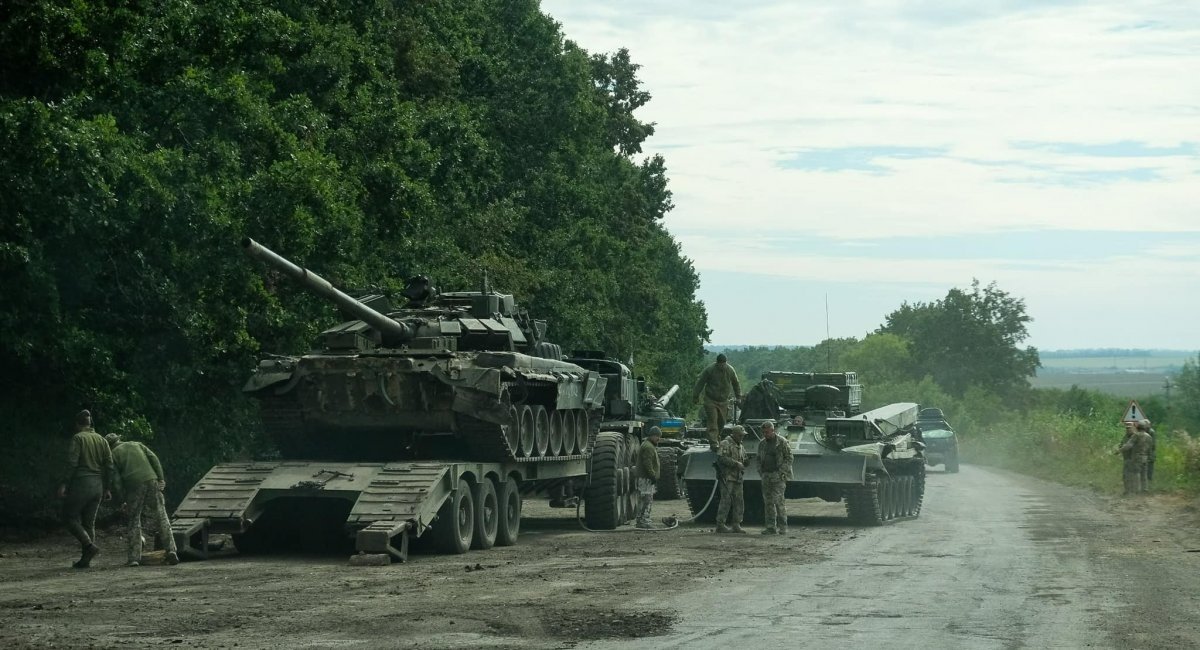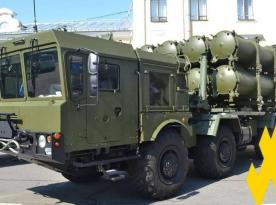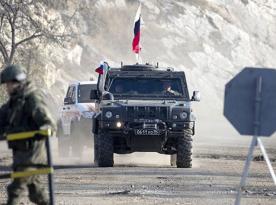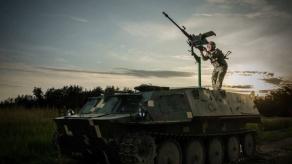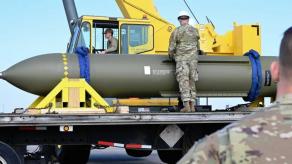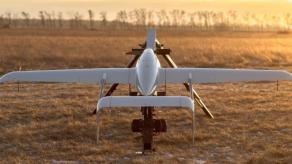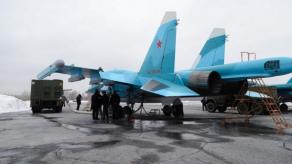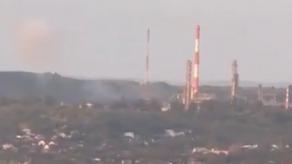While Ukraine's army marches forward, and the mapmakers hesitate where to draw the lines in which color, let’s rather talk what we have not seen in recent days.
And what we haven’t seen is the heavy gunfire from the russian artillery, which could theoretically delay the advance of Ukrainian troops. And also – the activity of the attack aircraft of the russian federation, which could also launch strikes on the columns of the Armed Forces of Ukraine. These are the two main elements of the russian military machine that suddenly "crumbled". Why did that happen – let's take a look at each factor separately.
Read more: New Facts of Ukraine’s Offence in South - 1,800 russians Eliminated, Territory of 500 sq km Liberated
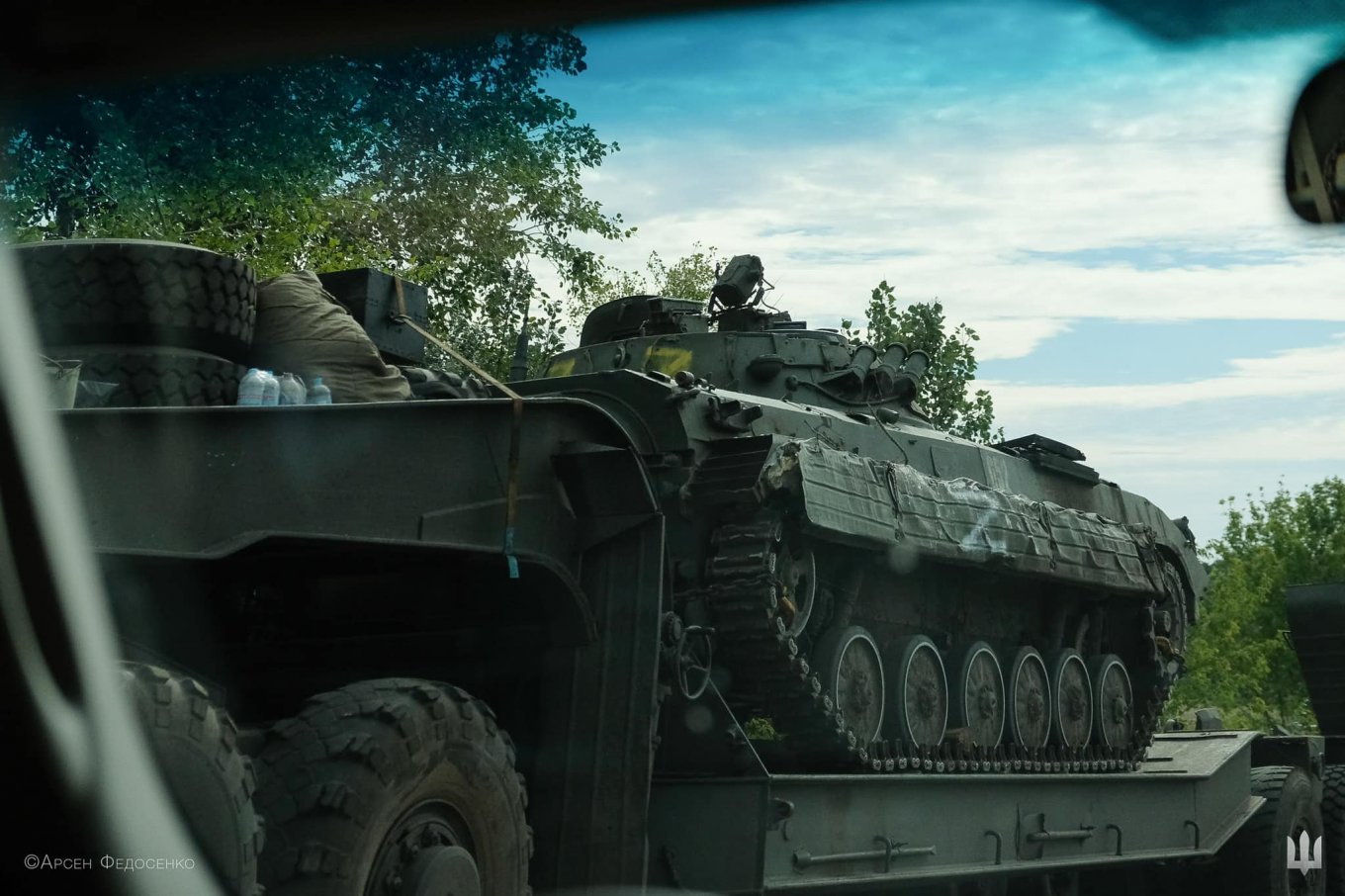
Basically, the russians tried to use rocket and gun artillery forces to delay the advance of Ukrainian forces. But "something went wrong" with the enemy. Defense Intelligence of Ukraine reported that the russians used TOS-1 self-propelled flamethrower systems against the advancing units of the Armed Forces of Ukraine. Despite all the power of these weapons, it did not stop the offense.
A few days ago, soldiers of the AFU captured the radar to the counter-battery complex "Zoopark-1M". And this means that the russian occupiers probably tried to detect the positions from which our self-propelled guns such as "Gvozdika", "Krab" and "PzH 2000" fired on them. But then they abandoned the effort against the background of a general increase of panic in the ranks of the "Izium" group of the russian occupation forces.
During the battles in the Kharkiv region, russian artillery was unable to work according to its usual mechanisms, that is, to fire several tens of thousands of shells per day. And this can be explained as follows.
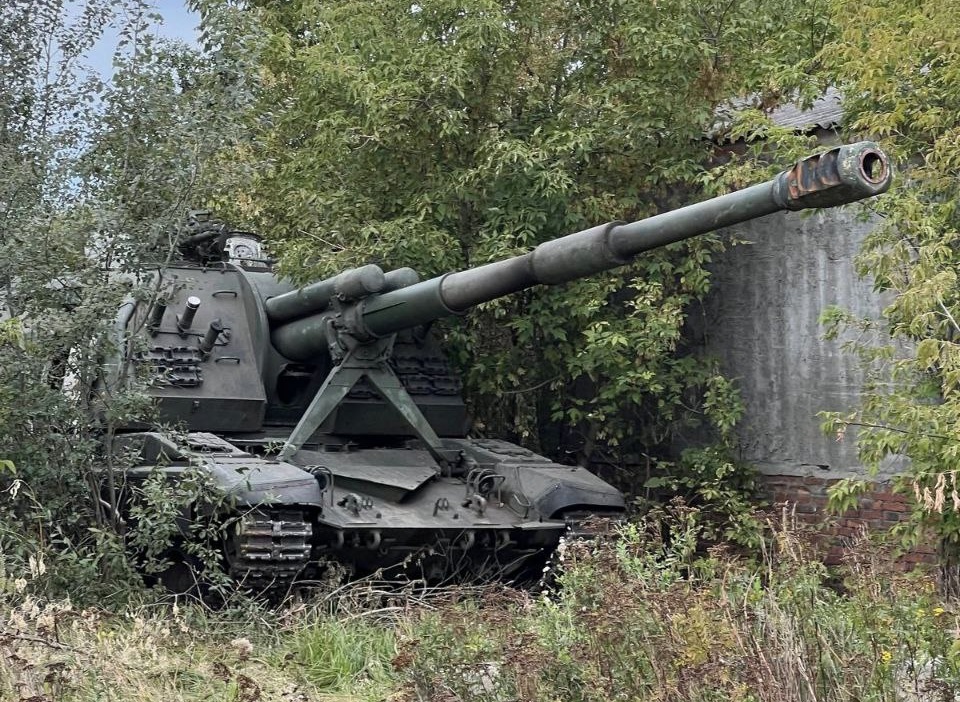
As we can cautiously assume, in russian military, the "target detection – targeting – open fire" chain takes a minimum of several hours. Therefore, this shooting format was suitable only for firing on stationary positions of the Ukrainian Armed Forces defending in the East.
It looked that way: in the morning or in the afternoon, an "Orlan-10" UAV flew in, took everything it saw on a stolen or defective camera, flew back; the russian staff deciphered everything at the base, and then within a few hours artillery began to shell the spotted positions.
Such slowness was the reason why russians could not actively use artillery against the advancing columns of the Armed Forces of Ukraine. First, because enemy UAVs are not always able to transmit data in "real-time" mode. Next, because the enemy command at their HQs cannot make decisions quickly. And finally, because the russian gunners themselves feel their vulnerability against Ukrainian firepower. This is how the infamous russian cannonade "crumbled", and let's hope that it will never be "brought back together".
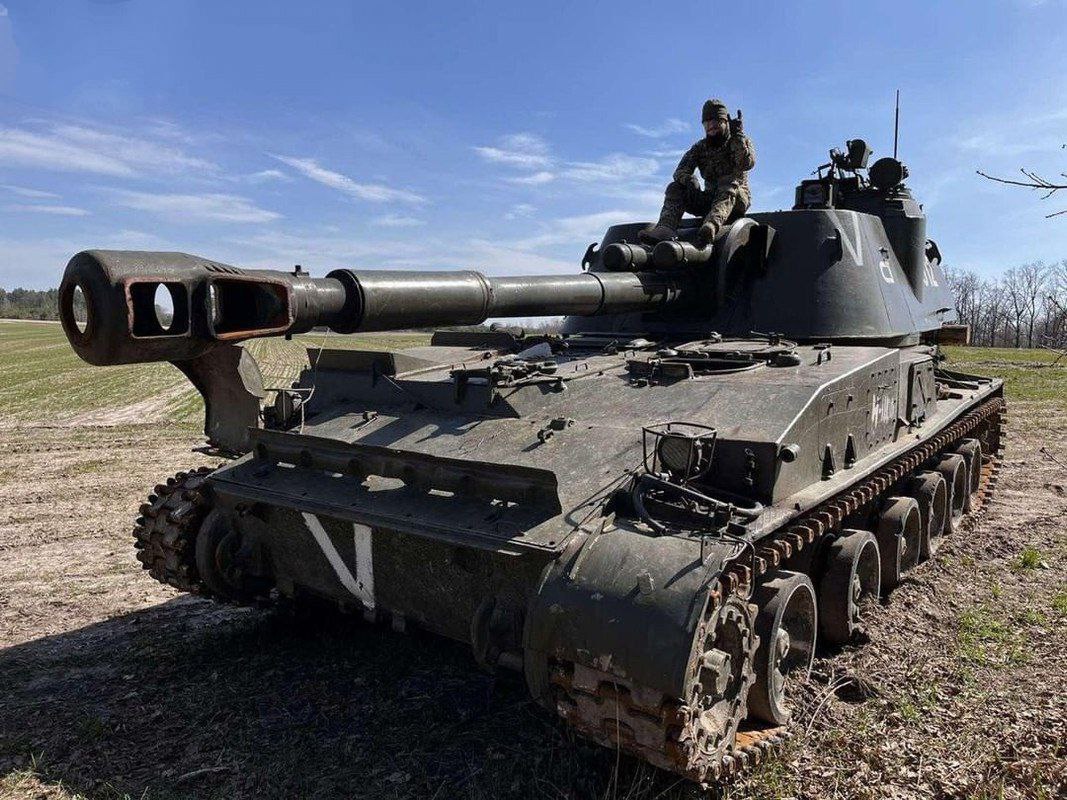
As for the attack aircraft of the russian federation, the situation is as follows. When Ukraine's Air Force Command announced that the russians were holding 420 planes and 360 helicopters on the border, it caused unprecedented fears. Although at that time our aviators clearly explained that almost nothing from this fleet of enemy aircraft will fly deep into the territory of Ukraine for bombing, because they are wary of Ukrainian air defense.
As it turned out later, such a large "on paper" fleet of attack and army aviation did not stand in the way of the Ukrainian forces’ advance. And the Kharkiv counteroffensive operation of the Armed Forces of Ukraine will surely go down in military history as an offensive that was carried out with the enemy's formal superiority in aviation.

Then why the russians could not take advantage of their formal advantage in the air? As we can assume, there are two reasons.
The first one is that the Armed Forces of Ukraine organized effective anti-aircraft cover of the advancing troops.
The second is that the russian armed forces lost not only 242 aircraft and 213 helicopters, they also lost qualified pilots who, theoretically, could attack Ukrainian columns on the march. Looks like there are mostly low-skilled pilots left who know how to strike only on stationary targets while on the climb.
Read more: russia Will Need 20 Years to Replenish Aircraft Lost in Ukraine War




